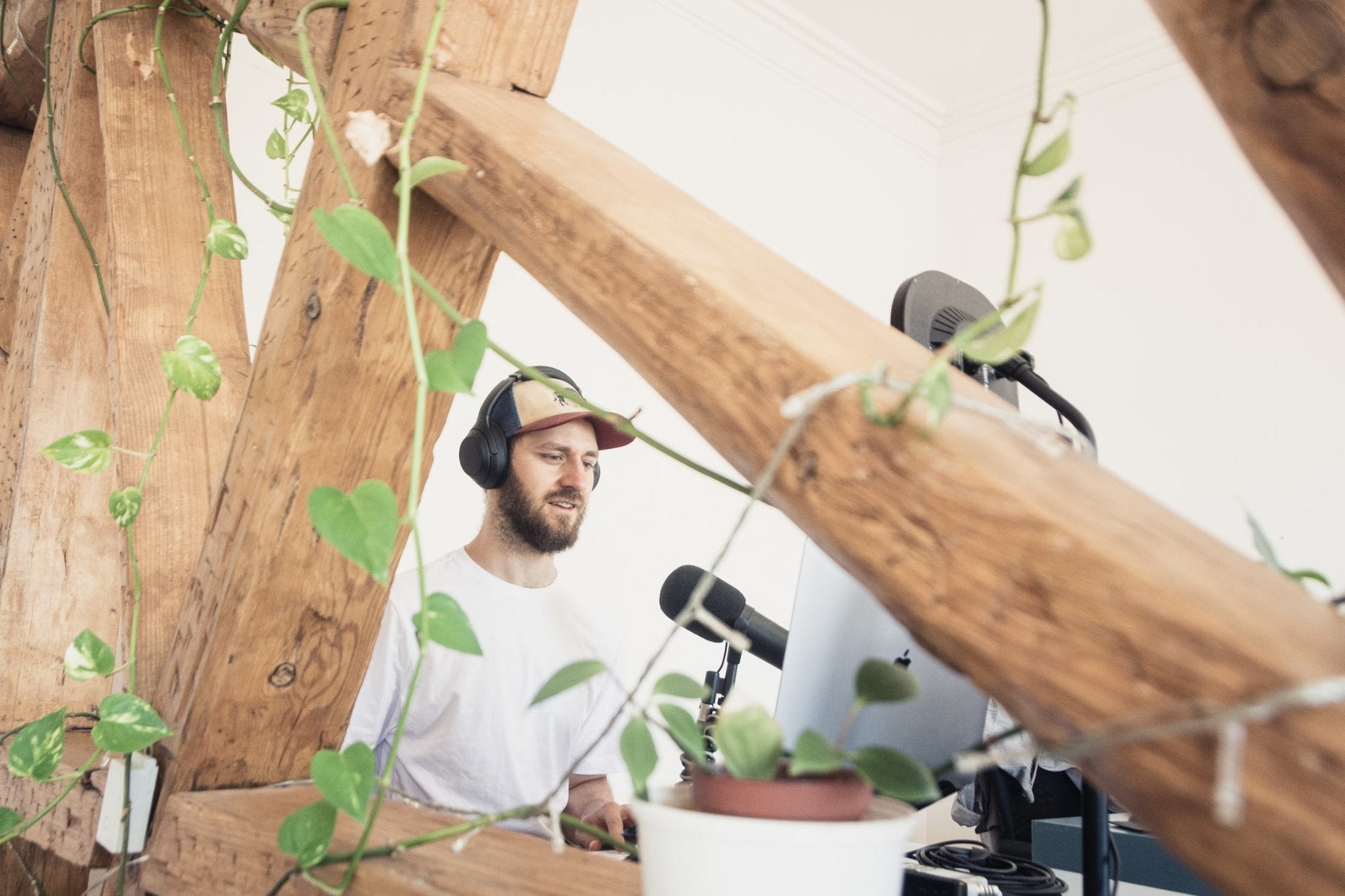It's been claimed that sound is half the enjoyment in films. However, I feel it's even more essential in my job as a filmmaker since, without sound, you won't be able to sense the emotions of the scene.
Consider how difficult it is for others to comprehend things if you speak without expressing yourself. That's why businesses spend significant time and money on adding practical sound effects to videos. It helps communicate the more profound points of your video, no matter what time: commercial, recreational, and even high-end entertainment.
Indeed, the impact of video without sound will be limited. Regardless of how excellent your video is, if the sound isn't correct, it will be challenging to deliver the results as promised.
Why is it that audio is such a key component of the video?
When people click the play button, you need to remember that you have just seconds to make an impression on them. And it's where the audio comes into play – and is essential.
Yes, if your video has a compelling sound element, you may attract their attention even if you aren't watching. It will undoubtedly pique the consumer's curiosity to see it.
The audio generally engages the audience; it provides information, adds to the production value, and is utilized to convey emotions. As a result, if you want your film to set an emotional tone and pique visitors' interest, you must first focus on the audio component.
Soundscapes, background music, and silence can all be used to effectively shape the mood for viewers (and customers if you're making a marketing video) to become intrigued and take your video seriously.
There are several advantages to using accurate audio, which is why you should put a lot of effort into selecting music for your films. Indeed, you may find this difficult at first, but trust me when I say that once you employ it most effectively, the result will be apparent.
It requires a thorough grasp of how you want the audience to feel while watching the video. Not all films sound the same; interviews, documentaries, and corporate films, for example, require different types of music and sound design.
How to record audio correctly – indoors and out.
You can immediately tell the difference between audio recorded in the camera and audio captured with an external microphone and recording device.
If you're filming indoors, your camera will pick up what's known as indoor noise. Electrical equipment such as air conditioners, lights, and reverb (an echo of audio waves bouncing from the walls), is mainly generated in big rooms because they sound different than small ones and have more reverberation issues.
However, when you use an external microphone, there is a significant distinction between the two audios – the clean audio you're getting through the external and the "reference" audio you're getting in the camera. The difference will be profound in terms of quality and clarity.
There's no need to be concerned if you're concerned about the echo sound effect! Adding carpet, drapes, mattresses, or cushions is simple enough to reduce the echo of a space!
On the other side, there is a lot of ambient noise while recording outdoors, such as traffic, wind noise, horns, and people. If you must capture sound outside, you must consider these obstacles and attempt to find a quiet, isolated location to film.
Invest in the Best Equipment.
It's simpler than ever to buy professional microphones and recording devices. Go the extra mile by making your audio equipment selection as robust as possible.
You can choose from LAV mics, shotgun mics, and even beefed-up on-camera mics. And that's only during the production phase. Research audio assistance software for post-production sound editings, such as Pluraleyes and Adobe Audition.
Make sure you pay attention when recording the audio before showing the video's final version. Because once you've seen the film from the viewers' perspective, you'll be able to notice changes and correct what's wrong.
Audio is, without a doubt, one of the most crucial elements in video production; few people notice excellent sound when it's playing, but they do notice and will be more irritated by bad sound than the video quality if it's poor. You can creatively make your images purposefully bad, but if the audience can't hear what's happening, you've lost them for good.
Take your audio recording as seriously as your image-making, and you'll be fine.
Related article: How to Make Cinematic Video - 7 Pro Tips
Related article: Best Microphone for Video Conferencing
Related article: Best Vlogging Cameras for Beginners












